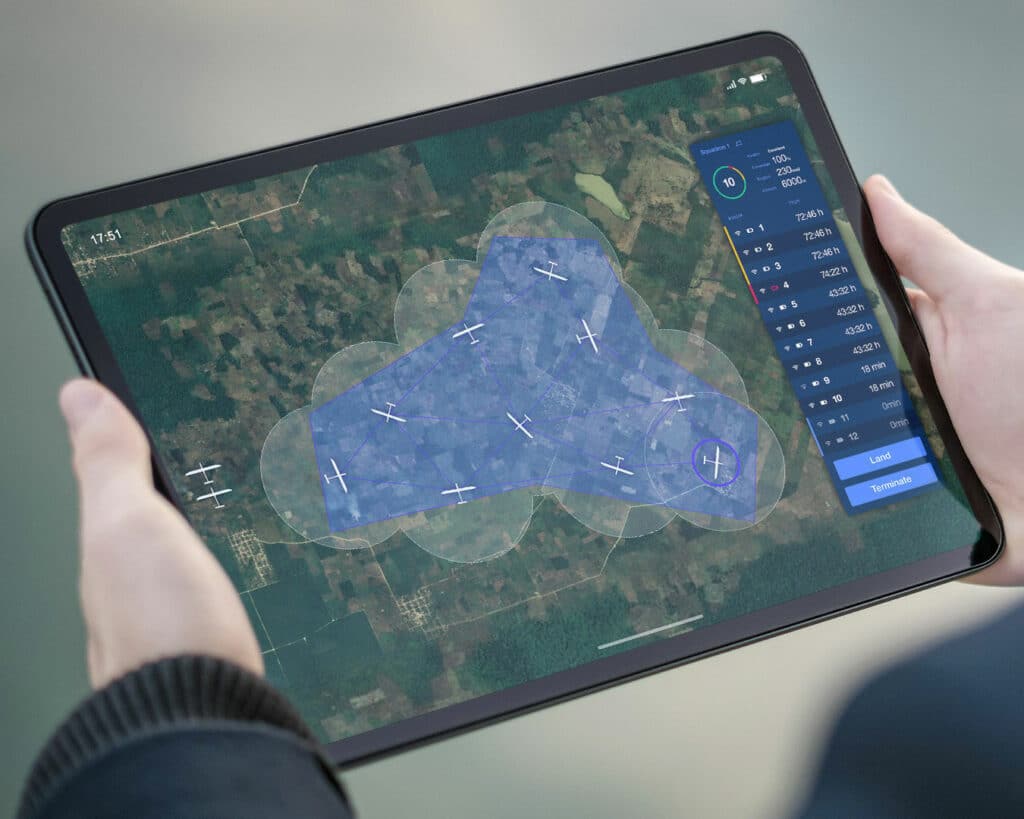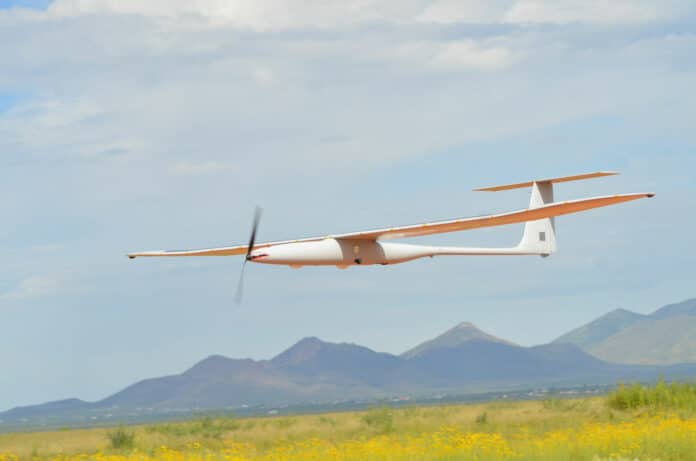The United States Navy has committed to purchase Kraus Hamdani Aerospace’s (KHA) K1000ULE solar-electric drone. Commissioned under the Navy’s PMA 263 program, the US Marine Corps will use the new drone for their Small Unit Remote Scouting System.
KHA will be providing three drones under the contract. This is a great move for the Navy as it will enhance their intelligence, surveillance, and reconnaissance capabilities.
The drone can serve multiple purposes, including being a long-range communication tool, which is especially useful for denied or contested battlespaces.
The K1000ULE is a state-of-the-art solar-electric Vertical Takeoff and Landing (VTOL) Unmanned Aerial System (UAS), offering the Navy a high-altitude, ultra-long endurance platform. The aircraft has an all-electric propulsion system and onboard solar panels, allowing it to remain airborne for up to 24 hours. It has been tested in operational conditions at altitudes of up to 20,000 feet (6,096 meters).

In 2023, KHA recorded a continuous flight of 75 hours and 53 minutes for the drone. In this flight, the ultra-long endurance drone remained in the air for more than three days straight.
Such drones are sometimes referred to as “pseudo satellites” because of their ability to provide persistent surveillance and signal re-transmission services. Various companies are working on similar projects, including Airbus, BAE, and Boeing, which are making great headway for other US Force branches like the Army.
The K1000ULE was chosen after a rigorous evaluation process that included testing each contender based on specific criteria. It was selected due to its exceptional maneuverability, operational autonomy, lower logistical footprint, and, most importantly, remarkable endurance and silent operation capabilities. The evaluations took place at a specialized facility in collaboration with the UAS Research and Operations Center at the University of Maryland.
The K1000ULE UAS are capable of performing complex tasks and working as a team efficiently. While providing the longest endurance in the electric Group-2 VTOL category, the K1000ULE is enabled to share critical data between platforms within its network. This feature allows aircraft to be repositioned on-demand based on sensor input and dynamically populate the Common Operating Picture.
Furthermore, a single operator can control a swarm of these UAS through a simple user interface. The operator can identify specific coverage areas and launch the correct number of aircraft to fulfill dynamic missions. The pilot has full situational awareness and can dynamically re-task aircraft in real-time as mission objectives change using gamified user interfaces.
